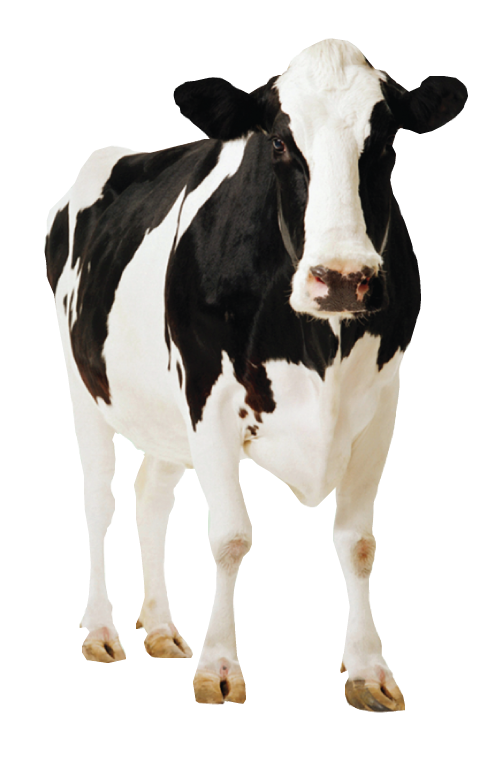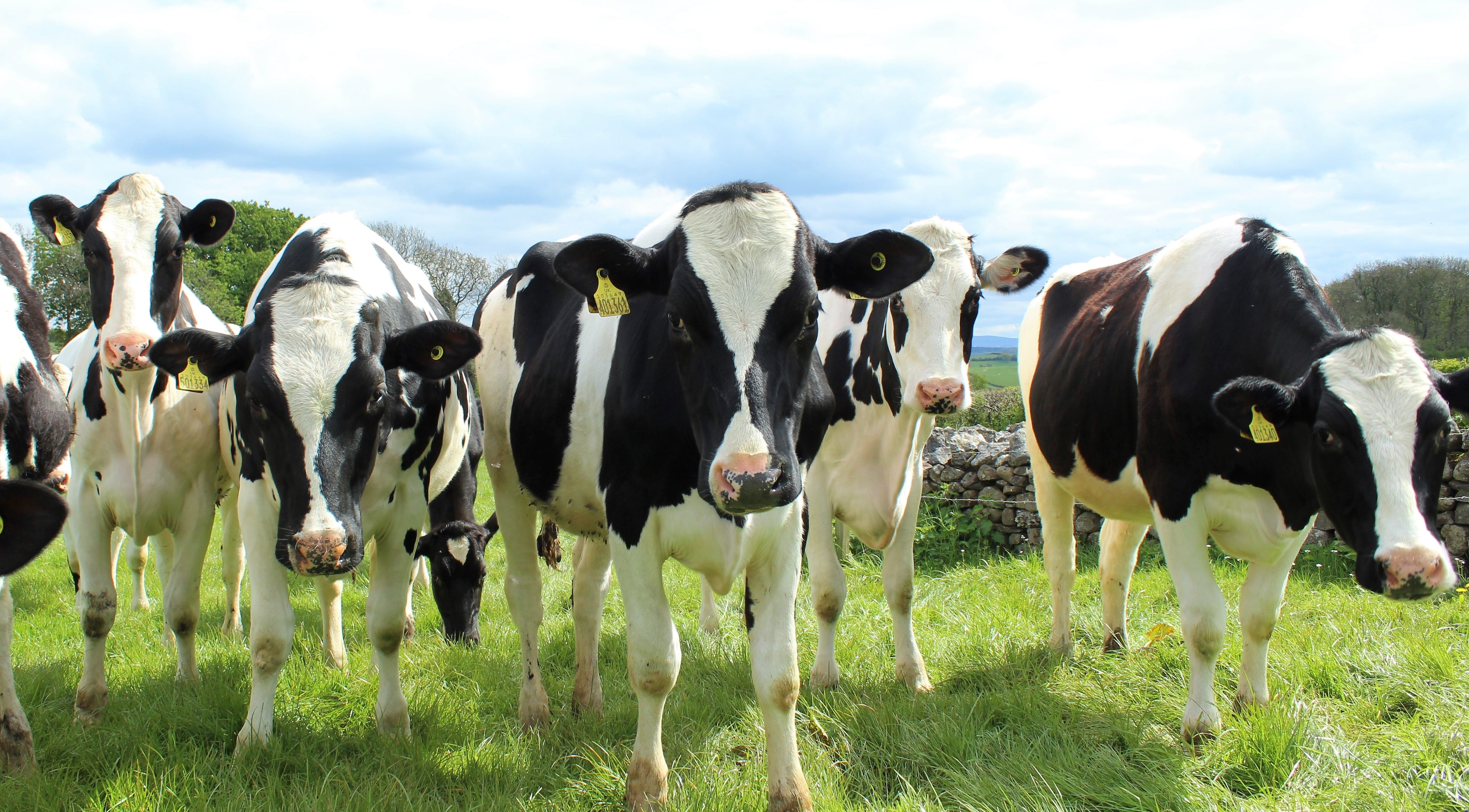Magnesium and copper requirements of cows increase dramatically in late pregnancy and early lactation, and selenium concentrations are at their lowest in spring. Trace element testing will help ensure the physiological concentrations of these elements are at the appropriate levels (see Table 1).
Table 1. Appropriate levels of magnesium and copper
| Maintenance | Late Pregnancy | 25L milk/day | |
| Magnesium (g/day | 8 | 10 | 26 |
| Copper (mg/day) | 65 | 100 | 115 |
Measuring serum copper at this stage of the year determines if the pre-winter strategies for supplementation have maintained serum concentrations through to spring.
Note: For accurate assessment of liver reserves, copper analysis of a liver biopsy is the preferred sample.
Regular serum magnesium assessment is recommended throughout lactation to monitor the efficacy of supplementation programs. Testing in the transition period establishes the baseline values of the herd.
Selenium is a critical element for health and reproduction. Ensuring selenium concentrations are optimal in the transition period allows time for any required supplementation to be planned and implemented.
The below panels can be used as a guide, but you can add to these or change them using other trace element tests available. Indicate clearly on the submission form how many of each test you would like performed.
Table 2. Suggested sample numbers for testing
| No. samples | Sample type | Collection tube | |
| Magnesium | 10 | Serum | Plain (red top) |
| Copper* or | 6 | Serum | Plain (red top) |
| Ferroxidase | 6 | Serum | Plain (red top) |
| Selenium or | 5 | Serum | Plain (red top) |
| GPx | 5 | Whole blood | EDTA (purple top) |
*Plasma copper is an alternative test – collect sample in a heparin (green top) blood tube
Some commonly requested additional tests include:

NEFA and BOH
NEFA (non-esterified fatty acids) and BOH (beta hydroxy butyrate) are used to assess the energy balance and adequacy of intake in grazing ruminants. NEFA’s are best assessed from 15 days before, to 30 days after, parturition. Elevations above reference values indicate insufficient energy intake.
BOH can be measured at any time to assess whether intake is sufficient. Elevations indicate when triglycerides are being mobilised as a source of energy in the absence of sufficient dietary glucose precursors (propionate, lactate and amino acids) or the diet contains high concentrations of butyric acid. High concentrations of BOH in serum indicate animals are in a negative energy balance and are hypoglycaemic.
GGT
The liver is the main source of GGT in serum. In the presence of sporidesmin, bile ducts are damaged and occluded resulting in marked increases in GGT concentrations. Serum GGT activities increase up to 10 times above the upper reference range by 7-10 days after sporidesmin intake. Serum activity after sporidesmin exposure steadily declines from 4-6 weeks after the danger period has passed. However, a proportion of cattle may still have abnormal activity of GGT seven months later.
Zinc
There are no significant stores of zinc in the body. Most of the control of zinc is through regulation of the amount of zinc absorbed from the diet. Serum is the preferred test for determining the zinc status of animals.
Iodine or Thyroxine (T4)
Throughout New Zealand iodine deficiencies can be induced by feeding brassica crops like kale or grazing soil low in iodine. As well as having a low iodine status, brassica crops also contain glucosinolates that are broken down during chewing to form inorganic thiocyanates. These compounds block the uptake of inorganic iodine by the thyroid gland – the main reservoir of iodine in the body. However, their effect can be nullified by supplementing with extra iodine. Serum samples for inorganic iodine should be collected from 5 to 10 individuals pre-calving (if the cattle have been on brassica crops) or pre-mating and the peak of lactation. An indirect measurement of iodine status via T4 is also available.
Vitamin B12
There have been numerous suggestions cattle respond to vitamin B12 supplementation on some farms. To date, no growth or milk production increases have been scientifically recorded in New Zealand. Concentrations are falsely increased in animals with liver disease (e.g. facial eczema).
Additional information can also be found in the MineralCheck package information here.

